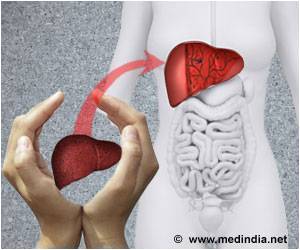A new study from physicians at Mayo Clinic is among the first to show a definitive connection between frailty and survival after a lung transplant procedure.

‘Mayo Clinic researchers found that patients who were frail had a decreased survival rate compared to patients who were not frail.’





According to the report, 46 percent of the patients studied were considered to be frail based on an assessment of 14 activities of daily living, such as difficulty climbing stairs, dependency on oxygen or noninvasive ventilation for normal breathing and difficulty with housekeeping chores. Of those considered to be frail, 63 percent were female with an average age of 57. Within this study population, there were 32 deaths within the first three years post-transplant. "Based on this population, we saw a definitive association between pre-transplant frailty and decreased survival after transplantation," says Cassie Kennedy, M.D., Pulmonology and Critical Care Medicine, Mayo Clinic. "This suggests that we may be able to help patients live longer with fewer complications after a transplant by intervening early to prevent or lessen the severity of frailty."
According to Dr. Kennedy, Mayo Clinic researchers found that the one-year survival rate for frail patients was 71.7 percent, compared to 92.9 percent for patients who were not frail. At three years, the survival rate for frail patients was 41.3 percent, compared to 66.1 percent for patients who were not frail.
"Understanding the connection between frailty and lung transplant survival and outcomes can help physicians deliver a more accurate prognosis for transplant patients and, ultimately, get patients and their families engaged in taking steps to improve long-term outcomes and survival," says Dr. Kennedy.
Kennedy adds that future studies in this area will more clearly define the role that frailty plays in identifying candidates for lung transplantation, with the potential to influence selection guidelines and transplant center policies.
Advertisement













